By Michael D. Hull
Soon after the tattered British Expeditionary Force was miraculously rescued from Dunkirk in June 1940, planners at the War Office in London began dreaming of returning to the German-occupied European continent.
If a port could be captured in a surprise attack, troops and supplies could be poured into the bridgehead before the German defenders had a chance to draw breath. But the BEF had been shattered in France, abandoning its heavy equipment, and British resources were threadbare until the Army could be built up and re-equipped. It would not be until mid-1942 that any kind of offensive across the English Channel could be considered—an experimental amphibious assault.
European Liberation on Hold
The objective decided upon was the French port of Dieppe, north of Rouen, and the invasion force comprised 6,000 men—mostly British Commandos and untried Canadian infantry. But Dieppe was well defended, with seawalls blocking the raiders’ supporting Churchill tanks, and the August 1942 operation swiftly turned into a costly disaster and a bitter lesson. Only 2,500 men of the raiding force returned to England. The War Office generals and planners realized that Continental ports were too easily defended and thus difficult to seize. Besides, British resources were still stretched thin, so any thoughts of a return to Europe had to be put on hold.
Attention was diverted to the ongoing struggle in North Africa, where British and Commonwealth forces were battling to bar German and Italian armies from Egypt and the strategic Suez Canal. British morale was given a welcome jolt on October 23, 1942, when General Bernard L. Montgomery’s Eighth Army defeated Field Marshal Erwin Rommel’s vaunted Afrika Korps at the second Battle of El Alamein, the first major British victory of World War II and one of its great turning points.
For most of the next two years, the Allies’ gains were confined to the Mediterranean Sea area—destroying the Axis forces in North Africa, capturing Sicily, the gateway to Italy, and then pushing up the Italian boot in a strategic bid to pierce what British Prime Minister Winston Churchill termed “the soft underbelly” of German-held Europe. But there was no doubt in anyone’s mind that, sooner or later, battles would have to be waged farther north if Germany was to be crushed. And that would unavoidably entail an invasion across the English Channel.
That British view was strongly supported by the United States, which, while battling the Japanese in the Pacific Theater, was anxious to bring an early end to the European war. In fact, as early as 1942, Soviet Marshal Josef Stalin and General George C. Marshall, U.S. Army chief of staff, had been pressing for a cross-Channel invasion. But Marshall, while a much admired staff officer and organizer, was not a strategist and failed to appreciate the paucity of Allied resources, particularly landing craft. There was no way the hard-pressed Allies could have mounted such an operation either in 1942 or 1943.
Shaken by the Dieppe debacle, Churchill resisted the idea of what he rightly considered a premature attack across the English Channel. He sought victory in the Mediterranean and was reluctant to commit thousands of troops to a new front with the slimmest chance of success. The British leader had nightmares in which he saw the bodies of young British and American soldiers piled high on French beaches.
A “Return to the Continent”
In January 1943, Churchill and U.S. President Franklin D. Roosevelt met in Casablanca to plan the future direction of the war, and the British hesitantly accepted the principle of an invasion in Northwest Europe. They agreed to vague proposals for a “return to the Continent,” though they knew the resources were still sorely lacking. The cross-Channel assault would be planned in London, so, with the agreement of the American war planners, it was decided that the British generals should look for someone to commence drafting an invasion blueprint. Although an overall invasion commander was not named, the chief planner would eventually become his senior administrative assistant—his chief of staff.
The man chosen for the daunting task—laying the groundwork for the biggest and most complex seaborne invasion in history—was Lt. Gen. Frederick Edgworth Morgan, a 49-year-old veteran of the bloody Ypres and Somme campaigns in World War I, twice mentioned in dispatches. Born in London, the son of a timber merchant, he attended the Royal Military Academy at Woolwich, and was commissioned into the Royal Artillery. Mustached, good- humored “Freddie” Morgan soldiered in India between the world wars, was a staff officer at the War Office and with the 3rd Infantry Division, served briefly with the BEF in France in 1940, and commanded I Corps of the British Home Forces.
He learned of his appointment on March 12, 1943, after stepping into a crowded elevator at New Scotland Yard in London while heading for a meeting at the headquarters of Combined Operations, commanded by Admiral Lord Louis Mountbatten. The handsome, dashing Royal Navy hero of the Battle of Crete jumped into the elevator at the last minute, greeted Morgan warmly, and congratulated him on his appointment as chief of staff to the supreme Allied commander (COSSAC). Thus, Morgan learned for the first time of the awesome assignment that was to tax all of his energies for the next year.
Lessons from the Western Front: Amass and Overwhelm
There were plenty of able senior officers serving behind the front lines in 1943, but the War Office was anxious to avoid depriving the Mediterranean Theater of a rising star, so it had settled on Morgan to plan the Allies’ second front. With solid experience in both invasion planning and operations, he was the ideal choice. He was a self-starter with outstanding executive abilities. The capable but waspish Field Marshal Viscount Alanbrooke, Chief of the Imperial General Staff, who was lukewarm toward the cross-Channel project, told Morgan brusquely, “Well, there it is. It won’t work, but you must bloody well make it.”
Like most senior British Army officers, not the least Montgomery, General Morgan had learned on the Western Front that in battle lives are spared by amassing enough men and resources to overwhelm the enemy. By early 1943, he had found himself planning potential invasions of Sardinia, Spanish Morocco, and Sicily. The first two plans were shelved and, after Morgan had completed preliminary work on the third, it was passed to officers in the field.
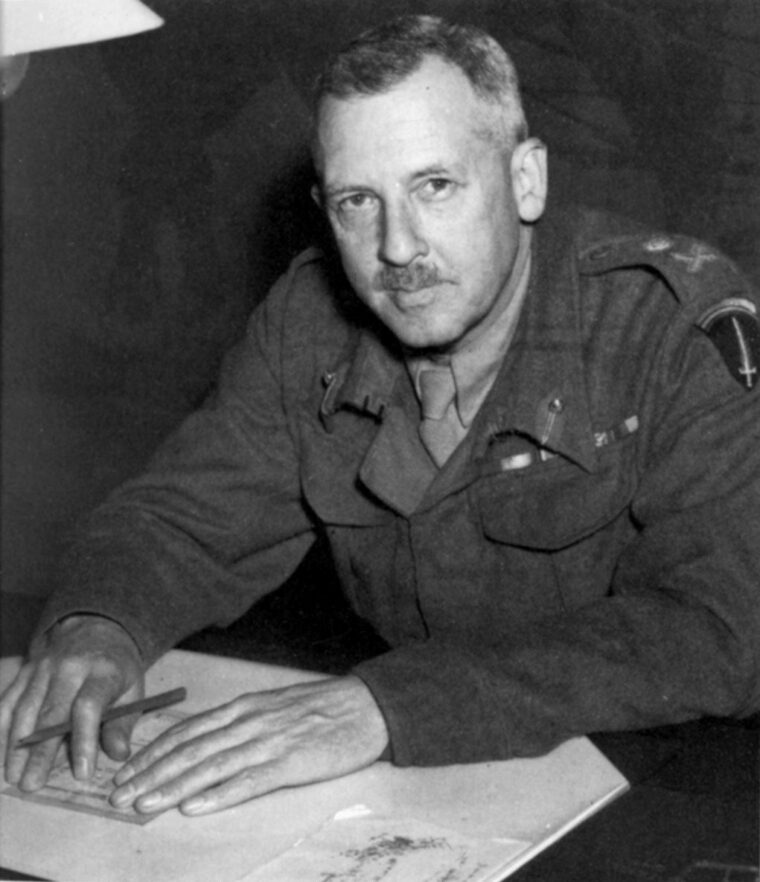
It was in mid-March 1943 that Freddie Morgan began planning the Allied assault on Northwest Europe, and it was April 26 before he was given his responsibilities from the Combined Chiefs of Staff and the official designation of COSSAC (taken from the initials of his new title). He was told that the Allies intended to “defeat the German fighting forces in Northwest Europe” and that he was to prepare plans for a full-scale assault on the European mainland at the earliest possible date in 1944, followed by a death blow delivered at the heart of Nazi Germany with a force of 100 Allied divisions.
In addition, Morgan was instructed to prepare an “elaborate camouflage and deception scheme” during the summer of 1943 with the aim of convincing the Germans that the invasion might yet come in that year and thereby pin down enemy forces in the West. Finally, he was to plan for an immediate return to Europe, with the forces then available, should Nazi Germany begin to collapse from within. This latter plan was known as Operation Rankin.
A Tall Order for COSSAC
The acronym, COSSAC, also came to refer to Morgan’s staff—about 50 British, U.S., and Canadian officers—which set up headquarters at the elegant Norfolk House in London’s leafy St. James Square. The deputy COSSAC commander was 54-year-old Maj. Gen. Ray W. Barker of the U.S. Army, a field artillery veteran of World War I.
At first, the British chiefs of staff, preoccupied with operations in the Mediterranean, Burma, and Southeast Asia, did not always regard COSSAC’s work as top priority. But Morgan was unperturbed, and he and his staffers set to work on their massive task with enthusiasm and energy. Though hampered by not having a supreme commander for whom to deputize, General Morgan toiled hard as COSSAC, even to the extent of sleeping on a folding camp bed in his office. Aware of the doubters and skeptics ready to detract from COSSAC’s efforts, Morgan wryly warned his team, “The term planning staff has come to have a sinister meaning. It implies the production of nothing but paper. What we must contrive to do is to produce not only paper, but action.”
The planning of the invasion, which preoccupied him and his team throughout 1943, was a mind-boggling, unprecedented enterprise. Unlike Operation Husky, the Allied invasion of Sicily in July 1943, which began with most of the troops and supplies already within striking distance in North Africa, the assault on Northwest Europe had to be started virtually from scratch. It depended on the speculative dates when manpower and materiél would become available in the great quantities needed. But Morgan and his staff were able to draw on the fruits of work already carried out by the planners of Operation Roundup, the initial cross-Channel invasion plan, and Operation Sledgehammer, a contingency blueprint to launch an emergency landing to divert the Germans if the Soviet Army appeared near collapse. Some of these planners were now on the COSSAC staff.
COSSAC was also able to draw on British staff studies of the ill-fated Dieppe raid and on knowledge and experience built up from a series of raids on the enemy-held coasts. Lord Mountbatten’s Combined Operations forces— primarily the Commandos and elite Royal Navy units such as the Special Boat Squadron—had, by mid-1943, amassed considerable skill and experience in small-scale seaborne assaults, had produced appropriate training manuals, had set up specialized training depots, and had developed landing craft that could be used in a major cross-Channel assault.
The Dieppe experience was to prove a vital lesson in the D-Day planning phase. As Sir Bernard E. Fergusson of Burma Chindit Brigade fame said later, “Though there are still some that dispute the value of what was learned on the beaches of Dieppe, they are not to be found among informed persons, or among any who bore high responsibility in the later stages of the war, except for Lord Montgomery.” The official Dieppe history stressed, “Outstanding among the lessons learnt was the importance of overwhelming fire support in the initial stages of a seaborne landing.” Therefore, a new bombardment technique was devised for Operation Overlord whereby weapons from all three services would be brought to bear on the enemy defenders, with Army artillery units firing at shore targets while still afloat.
Somehow, the COSSAC planners would have to produce millions of soldiers along with the millions of tons of offensive hardware, equipment, and supplies needed to keep them living, moving, and fighting. All this—and more— COSSAC had to accomplish under great pressure.
Finding the Right Beachhead
If the continental ports were well defended, the best alternative for Morgan and his team were poorly defended beaches. In response to a British Broadcasting Corporation appeal to the public in 1942, millions of snapshots and postcards of coastal Europe, from Norway to the Pyrenees, had been sent to the War Office. So, the COSSAC team sifted through them to find out the heights of seawalls and which beaches had gentle inclines and might be firm enough to support thousands of troops and vehicles. The pictures led to some early conclusions that were later adopted by Morgan in his draft proposals. These also incorporated volumes of research from British intelligence archives on terrain, subsoils, bridges, moorings, rivers, wharfs, and thousands of other intricate details. The proposals were hastily completed by March 23, 1943.
Morgan and COSSAC discarded old preconceptions in their search for an ideal landing area. They even considered such unlikely regions as the Atlantic coast of Portugal, the Dutch Frisian Islands, Norway, Denmark’s Jutland Peninsula in the North Sea, and even Dunkirk. It was not just beaches they were looking for. Morgan reported later, “The landing beaches were just one X in an algebraic expression that contained half the alphabet. What was wanted was a lodgement area into which we could blast ourselves and from which our main bodies, having suitably concentrated themselves within it, could erupt to develop the campaign eastwards.”
COSSAC’s first problem, therefore, was where to attack. The Nazis held 3,000 miles of coastline in Western Europe, but the area of possible assault was eventually narrowed to the 300-mile stretch between Vissingen, Holland, and Cherbourg. This was the only sector believed to be lightly defended that could be adequately covered by Allied fighter planes based in southern England. Air cover was essential for the invasion.
So, after a full examination of French Resistance reports, aerial reconnaissance photographs, and tidal charts, Morgan and his staff were left with two options: the Pas de Calais and Normandy. While the former had the advantage that the English Channel is at its narrowest there, it was, in German eyes, the most likely landing point. Therefore, the Normandy coastline was tentatively selected. It was sheltered from the unpredictable Channel weather by the Cherbourg Peninsula, it featured wide and firm beaches offering suitable exits for vehicles, and there was open land lying beyond that could provide airfields.
“The Caen sector is weakly held,” COSSAC concluded, “and the beaches are of high capacity and sheltered from the prevailing winds. Inland, the terrain is suitable for airfield development and for the consolidation of the initial bridgeheads. Furthermore, the nearest major port, Cherbourg on the Cotentin Peninsula, could be able to handle large amounts of materiél speedily. Normandy became the strike point.” Morgan realized, however, that the scale of the landings would depend on the amount of amphibious shipping available. From the production forecasts, he calculated that the amphibious lift would provide for an initial landing force of only three divisions. They would go ashore north of Caen, and the next task would be to secure Cherbourg before advancing southward into Brittany and eastward across the River Seine.
The Art of Deception
The COSSAC team was aware of the danger of enemy reconnaissance planes discovering the Allied plan by spotting the increasing buildup of men and materiél in England, and perhaps guessing the target area. So, elaborate deception strategies were put in place. A mythical British Fourth Army was created in Scotland to make the Germans think that Norway was to be invaded, while in southeastern England, the bogus First U.S. Army Group (FUSAG), commanded by Lt. Gen. George S. Patton, Jr., was set up to hoodwink the enemy into believing that the Pas de Calais was the main objective and that a Normandy landing was merely a diversionary attack. Under the later adopted code name, Operation Fortitude, COSSAC endeavored to disguise the true Allied intentions. Along with the plans for the actual Normandy assault, Morgan’s scheme emphasized Calais as the most logical place to invade. In fact, the Germans were deceived until several days after the Allied forces had landed.
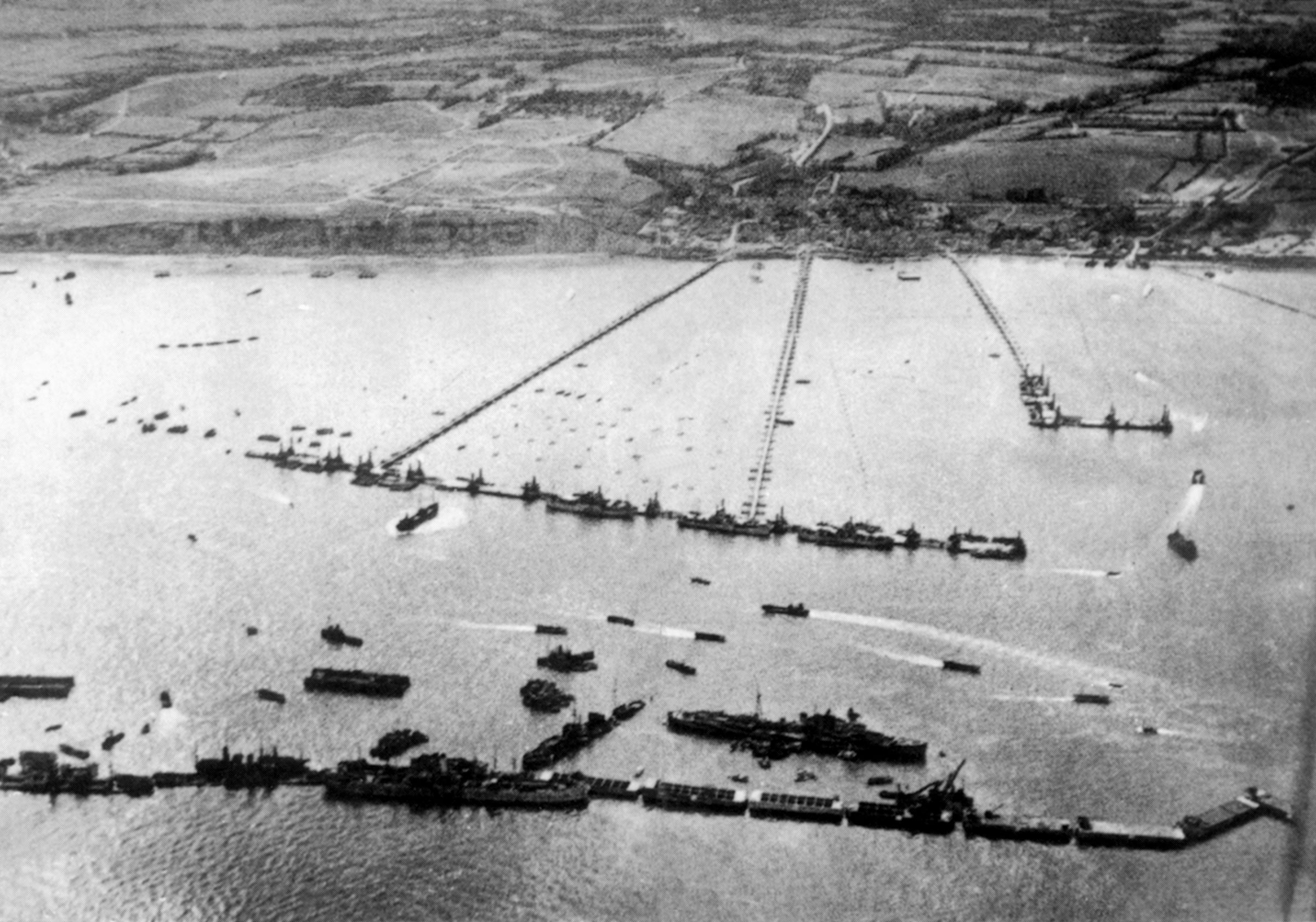
Calais was defended by several panzer divisions, ruling it out as a realistic Allied target. But General Morgan hoped that if the Germans could be persuaded that it was to be attacked, they might keep their strongest units there, well away from Normandy.
Selling the Invasion to Churchill
In May 1943, when Prime Minister Churchill sailed aboard the liner Queen Mary to the Trident Conference in Washington, he was accompanied by Brigadier K.G. McLean and two other COSSAC officers. One morning during the voyage, as Churchill lay in bed in his spacious cabin, the three officers set up a large map and “explained in a tense and cogent tale the plan which had been prepared for the cross-Channel descent upon France,” the Prime Minister reported later. Said Churchill, “General Morgan and his advisers recommended the Normandy coast (over the Pas de Calais)…. There can be no doubt now that this decision was sound. Normandy gave us the greatest hope. The defenses were not so strong as in the Pas de Calais.”
Dedicated, tireless, and easy to work with, Morgan virtually performed miracles in his year of toil and uncertainty. He had gathered a group of talented staff officers expert in all military fields and orchestrated their work with a maestro’s touch. Originality sparked much of the COSSAC planning.
General Morgan was informed in May 1943 that the Combined Chiefs of Staff had selected May 1 the following year as the target date for the Normandy invasion, which had been codenamed Operation Overlord by Churchill. By that date, Morgan would have to have found all necessary resources, especially flat-bottomed landing craft. Early in the planning stages, he was allotted 653 LSTs (landing ship, tank), but on D-Day more than twice that number would be needed.
Morgan was told that fewer than 100,000 troops would be available for the early stages of the assault, including 12,000 British and American paratroopers. Because of his limited resources, the COSSAC plan envisaged three landing beaches compared to the five that would actually be used. Without the authority to demand more resources, General Morgan called repeatedly for the appointment of a supreme invasion commander. What was to become the most ambitious operation in military history was, in 1943, a rudderless ship without a captain.
Because of the lack of port facilities for the invasion, Morgan faced the problem of landing thousands of tons of equipment and supplies to sustain the invading army. This was solved by Royal Navy advisers and construction engineers drawing up plans, originally discussed in 1942, for two prefabricated harbors code-named Mulberries, made up of massive concrete and steel caissons that would be towed across the English Channel and assembled on the Normandy coast, supported by sunken blockships. One harbor would serve the British and Canadian beaches (Gold, Juno, and Sword), and the other the U.S. sector (Omaha and Utah Beaches). Built in a round-the-clock effort at several British shipyards, the harbors constituted one of the great engineering feats of the 20th century.
Limited to a three-division assault by the lack of manpower, equipment, and landing craft, the COSSAC plan satisfied no one. Unfair criticism was leveled at General Morgan and his team for devising a plan that could never be accepted as the final blueprint for Operation Overlord. COSSAC was accused of “wishful thinking.” Yet Morgan was well aware that his plan, no matter how meticulously crafted, was a groundwork that would be subject to significant refinements, which it was.
He submitted the first draft of his invasion plan to the British chiefs of staff in mid-July 1943, and it was accepted a month later by the Combined Chiefs of Staff meeting in Quebec, although the Mulberry harbor proposal was not approved until that September. COSSAC’s draft was a brilliant achievement in just four months, as well as a solid foundation for ultimate success. However, the Allied commitment to the Mediterranean Theater was still depriving Operation Overlord of much-needed equipment, and neither extra landing craft nor a supreme commander were quick to appear.
Choosing a Supreme Commander
Because U.S. troops would eventually outnumber the British and Canadians in the Overlord ground forces, Morgan suggested that the supreme commander be an American. By the autumn of 1943, rumors were circulating that the post would go to General Marshall, who had done a phenomenal job of building up U.S. Army strength. The dour Marshall, a World War I staff officer with no combat experience, badly wanted command of the Normandy invasion. He was recommended by Secretary of War Henry L. Stimson, but President Roosevelt considered Marshall indispensable and kept him in Washington. FDR told him, “Well, I didn’t feel I could sleep at ease if you were out of Washington.”
Only one other U.S. officer appeared to be capable of taking on such a challenging command: genial General Dwight D. Eisenhower, a talented longtime staff officer and Marshall protégé who now led the Allied forces in the Mediterranean. When FDR met Eisenhower in Tunis in December 1943, he told him simply, “Ike, you are to command Overlord.” Ike arrived in London only five months before the invasion was due to jump off.
Ike and General Morgan formed a close working relationship, and the Briton came to admire the broad-shouldered Kansan whose easygoing manner concealed icy intelligence, towering ambition, and a genius for diplomacy. His infectious grin was “worth an Army corps in any campaign,” noted Morgan. Overall command of the British, U.S., and Canadian ground forces was given to General Montgomery, a thrice-wounded veteran of the Royal Warwickshire Regiment in World War I and the victor of El Alamein. Eisenhower’s first choice for this post was handsome, courtly General Harold L. Alexander, also a wounded World War I veteran and gallant survivor of Dunkirk, but Ike had been overruled. The Eisenhower-Montgomery relationship was to prove stormy at times.
A Shortage of LSTs
Monty flew from Italy to London at the end of December 1943, and lost no time in telling COSSAC that its invasion plan was deficient. According to an observer, the highly professional but prickly Monty “stood up and demolished” the plan as unsound. He pressed for changes, and the seeds of a feud between him and Morgan were sown. Monty and General Eisenhower examined the plan and agreed that the three-division frontage was too narrow. They insisted, therefore, that the initial landings be made by five infantry divisions (two British, two American, and one Canadian), with three airborne divisions (two American and one British) deployed to secure the flanks of the beachhead, and that the 30-mile Normandy front be expanded to 50 miles. The additional amphibious shipping, particularly the LSTs, would have to be found somehow.
Of all the challenges faced by COSSAC during the invasion planning, none caused more anxiety than the specialized landing craft. At first sight, it seemed to be a problem of production. General Morgan had pointed out to the Joint Chiefs of Staff in August 1943 that the allocation of landing craft was inadequate. But the shortage continued and then became acute. Exasperated, Prime Minister Churchill was driven to exclaim, “The destinies of two great empires seemed to be tied up in some goddamned things called LSTs.”
Production in the United States was stepped up to capacity, while in Britain a quarter of all the steel for new ships went into landing craft production. But it was still not sufficient. In the end, the Allied chiefs were forced to postpone D-Day for a month to allow the shipyards more time to increase the stocks of landing craft. Yet, the postponement of the greatest amphibious invasion in history could have been avoided. The shortage of landing craft was not so much a failure of production as of allocation.
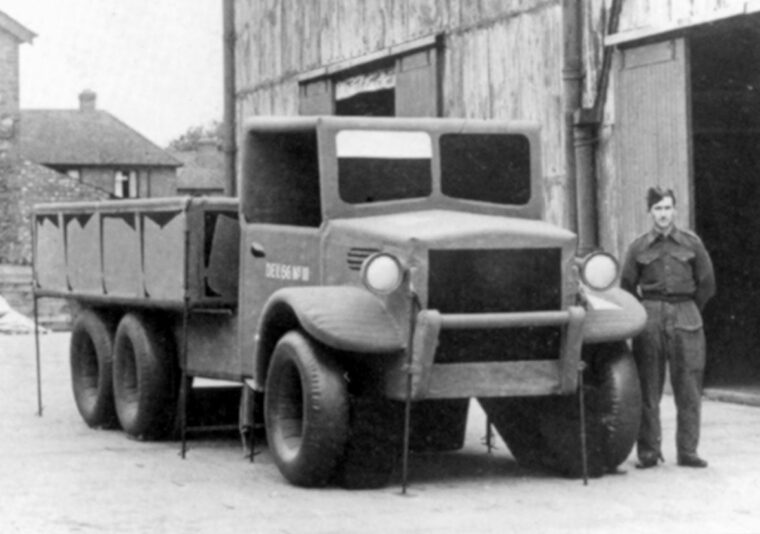
On May 1, 1944, the originally planned D-Day, Admiral Ernest J. King, U.S. chief of naval operations, had at his disposal an estimated 31,123 landing craft, while only 2,493 were assigned to Operation Overlord. The capable but chronically acerbic King was single-mindedly stockpiling landing craft for the island-hopping campaigns in the Pacific, which had long occupied his energies to the exclusion of the more critical European war. Eventually, General Marshall had to order him to share the wealth.
Maintaining Secrecy
The maintenance of tight security, from March 1943 right up to the June 6, 1944, invasion of Normandy, was of the utmost priority for General Morgan and his staff. In September 1943, it was decided that all personnel granted access to top-secret documents should be given identification cards stamped with the word “Bigot.” It was reasoned that no one was likely to brag about such a classification. The date and location of the landings were closely guarded. Morgan warned his team, “If the enemy obtains as much as 48 hours’ warning of the location of the assault area, the chances of success are small. Any longer warning spells certain defeat.”
At his Norfolk House headquarters, Morgan installed a private bar so that his staffers could talk freely without the risk of being overheard by anyone not attached to COSSAC. Yet, security problems occurred. A copy of the invasion plan blew out of a window at Norfolk House in the summer of 1943 and was handed in by a man who said that his eyesight was so poor that he had no idea what it was. Then, in March 1944, the Federal Bureau of Investigation reported that papers marked “Bigot” had been discovered in an Army post office in the United States. The package had been addressed to the Army Ordnance Division but was delivered to a woman living in a German suburb of Chicago. Federal agents eventually learned that an Army postal clerk had mistakenly sent the documents to his sister.
On April 22, 1944, General Eisenhower was angered to learn that pre-invasion security had been compromised by a U.S. Army Air Forces major general who happened to be one of his former West Point classmates. Four days earlier, the man had offered bets on the date of the invasion during a cocktail party at Claridge’s Hotel in London. He was promptly demoted and sent home.
But the most curious security lapse occurred in May 1944 when “Utah,” the code name for the landing beach assigned to the U.S. 4th Infantry Division, appeared as an answer to a crossword clue in the London Daily Telegraph. Then, other key D-Day names showed up in the newspaper’s crossword. “Omaha” appeared on May 22, “Overlord” on May 27, “Mulberry” on May 30, and “Neptune,” the code name for the naval aspect of the invasion, on June 1, five days before the scheduled landings. MI5, the British security agency, cleared the crossword compiler, Sidney Dawe, of any wrongdoing, but there has never been a satisfactory explanation for the suspicious “coincidences.”
General Morgan on the Sidelines
Meanwhile, General Morgan soon realized that his authority as chief of staff to the supreme commander had been overtaken by events. When Ike decided to bring in his own chief of staff, the crusty, Indiana-born Lt. Gen. Walter Bedell Smith, Morgan was given a new post, as “Beetle” Smith’s deputy.
Bedell Smith and Montgomery, who had set up his 21st Army Group headquarters at St. Paul’s School in Hammersmith, London, where Monty had once been a pupil, met the COSSAC staff in January 1944 for a detailed briefing on Operation Overlord. Changes had been made to the COSSAC plan, and Morgan now found himself virtually sidelined. New faces arrived on the COSSAC team as the planning entered its final stages, and the same thing was happening at 21st Army Group headquarters as Monty replaced much of his original Eighth Army staff.
The Allied pre-invasion buildup had gained momentum, and southern and southwestern England had become a great armed camp, dotted with supply depots; stockpiles of rations, fuel, and ammunition; great stacks of landing craft; and columns of Sherman and Churchill tanks, field guns, supply trucks, half-tracks, tank destroyers, scout cars, jeeps, Bren gun carriers, ambulances, communications trailers, and command vehicles lined up in fields, parks, and secluded lanes. More than three million troops—British, American, Canadian, Free French, and Polish—were concentrated in closely guarded cantonments and marshaling areas around the major southern embarkation ports. The soldiers trained, played baseball and soccer, shuffled cards, wrote letters home, and waited tensely for the big day. Across the Channel, also awaiting the inevitable, about 20 German divisions stood to in gun emplacements and concrete bunkers along the French coast between Calais and Cherbourg.
General Morgan’s detailed plan—much modified and expanded—was in place, and his work was done. One of the unsung heroes of the Normandy invasion, he had prevailed beyond all expectation, for an attack on such a scale could never be mounted had it not been planned meticulously. The invasion proved successful, with beachheads gained on the first day and losses far below what had been feared, and much credit for this belonged to the modest and widely liked Morgan.
Morgan’s Plan Comes to Life
After being plagued by 11th-hour concerns about the fickle Channel weather, the massive invasion, preceded shortly after midnight by British and American airborne drops, got under way early on the chill, gray morning of Tuesday, June 6, 1944. In the space of 24 hours, a great Allied armada carried across the Channel 175,000 fighting men, 1,500 tanks, 10,000 other vehicles, and 3,000 artillery pieces. It was one of the most momentous events of the 20th century. Church bells tolled across Britain and the United States, citizens scrambled for newspapers, and President Roosevelt offered a prayer on national radio for victory over the forces of darkness. Freddie Morgan heard the BBC’s invasion bulletin on his car radio while driving to General Eisenhower’s headquarters at Southwick House near Portsmouth, Hampshire.
Ike would say later that General Morgan made D-Day possible, and General Marshall called the British officer a “wise and aggressive man.” Yet, the irascible Montgomery would try to minimize Morgan’s prodigious planning efforts and accuse him of selling out to the Americans. Monty wrote, “Morgan considered Eisenhower was God; since I had discarded many of his plans, he placed me at the other end of the celestial ladder.” Montgomery also suspected Morgan of leading a vendetta to discredit him when Monty’s offensive stalled in front of Caen, where the Germans had amassed the bulk of their panzer strength.
After being awarded the KCB (knight commander of the bath) in 1944 for his work, General Morgan headed the operations of the United Nations Relief and Rehabilitation Administration in Germany in 1945-1946. He was dismissed after claiming that the agency was being used by Soviet agents to foment unrest in the Western occupation zones. Retiring from the Army in 1946, Morgan served as controller of Britain’s atomic energy program in 1951-1954 and as controller of atomic weapons in 1954-1956. He also was colonel-commandant of the Royal Artillery from 1948 to 1958. He lived in Middlesex, received honors in the United States for his Operation Overlord work, but no more British decorations, and died at the age of 73 in 1967.
Michael D. Hull has written extensively on the topic of World War II. He resides in Enfield, Connecticut.
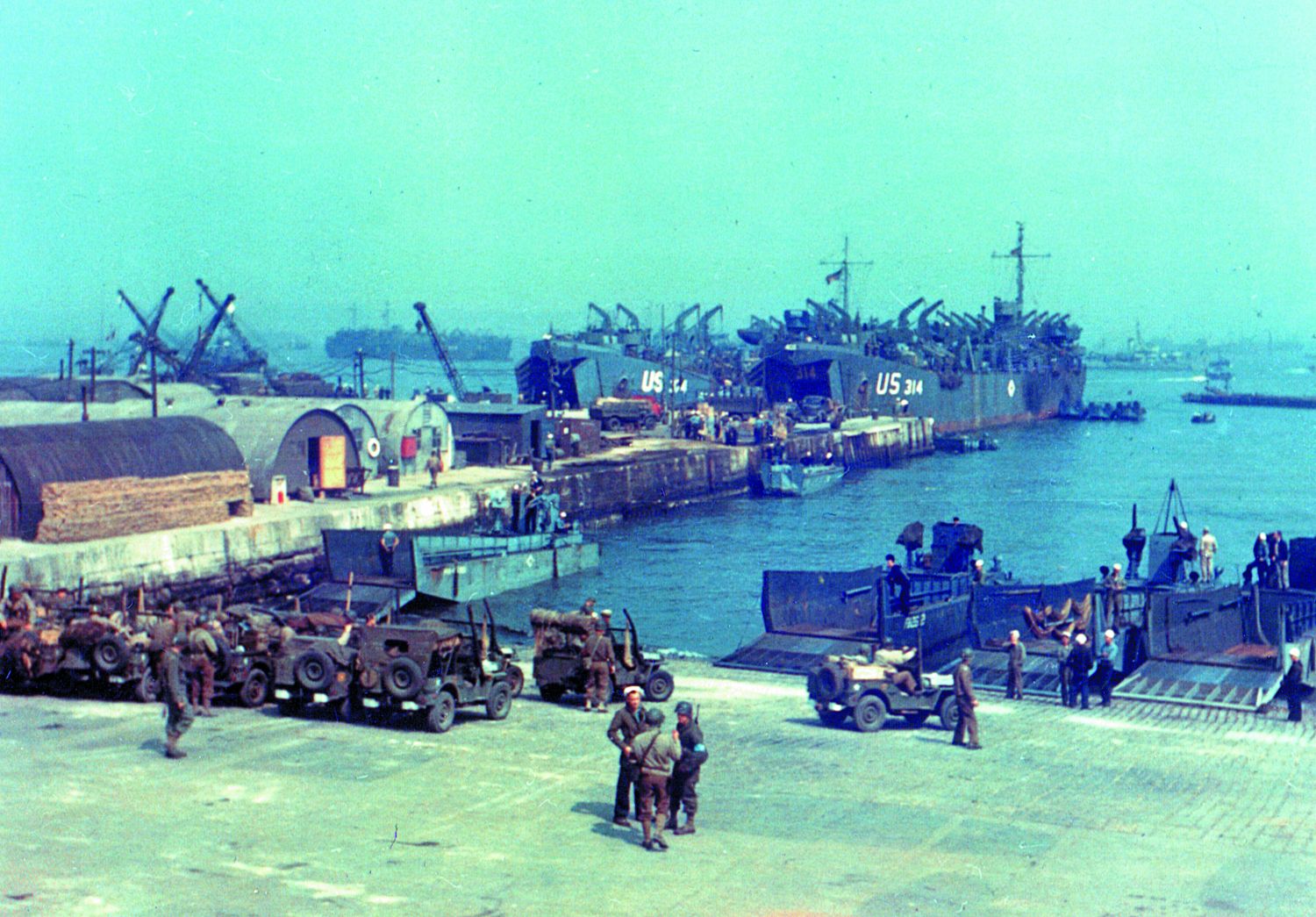
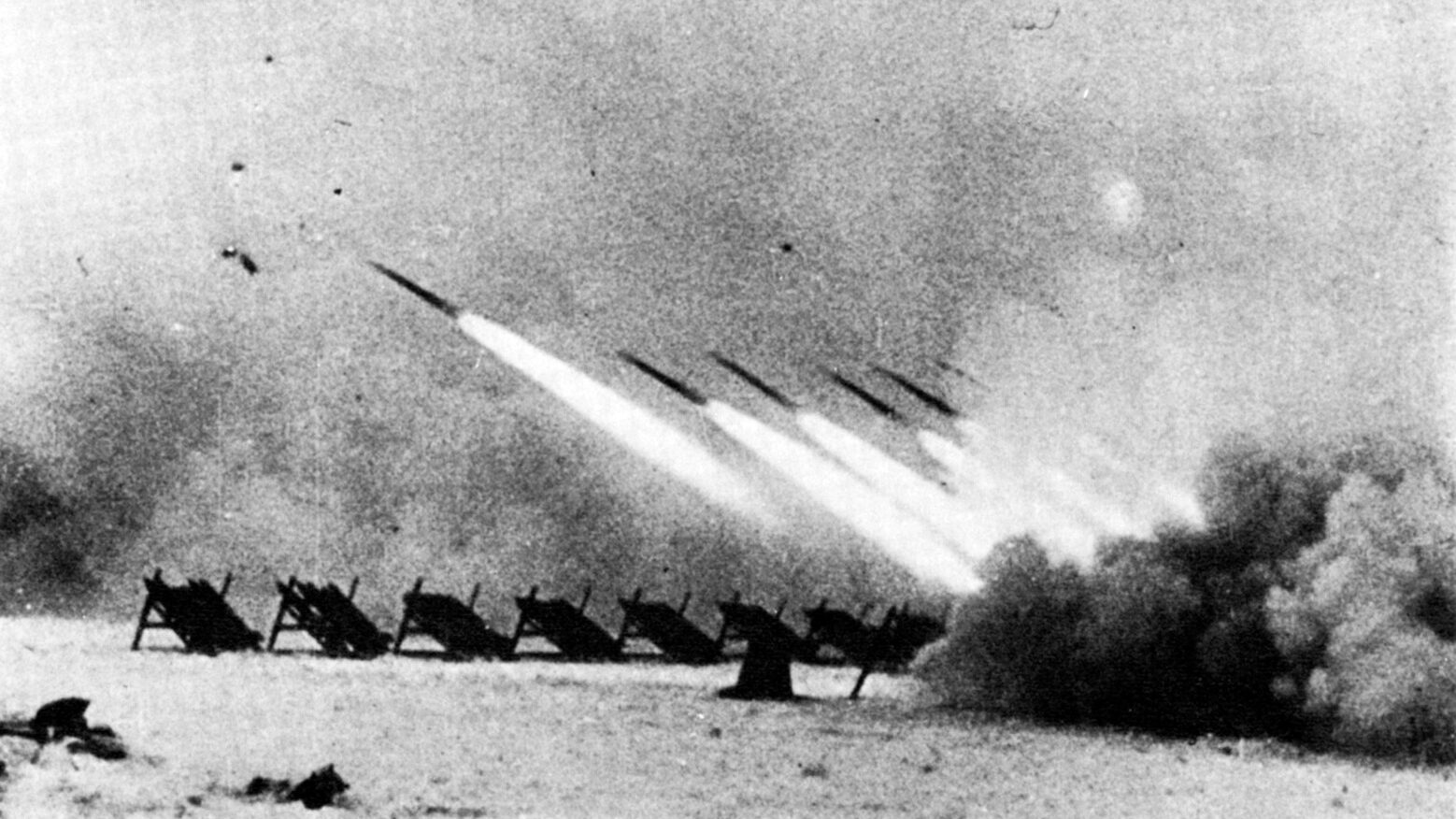
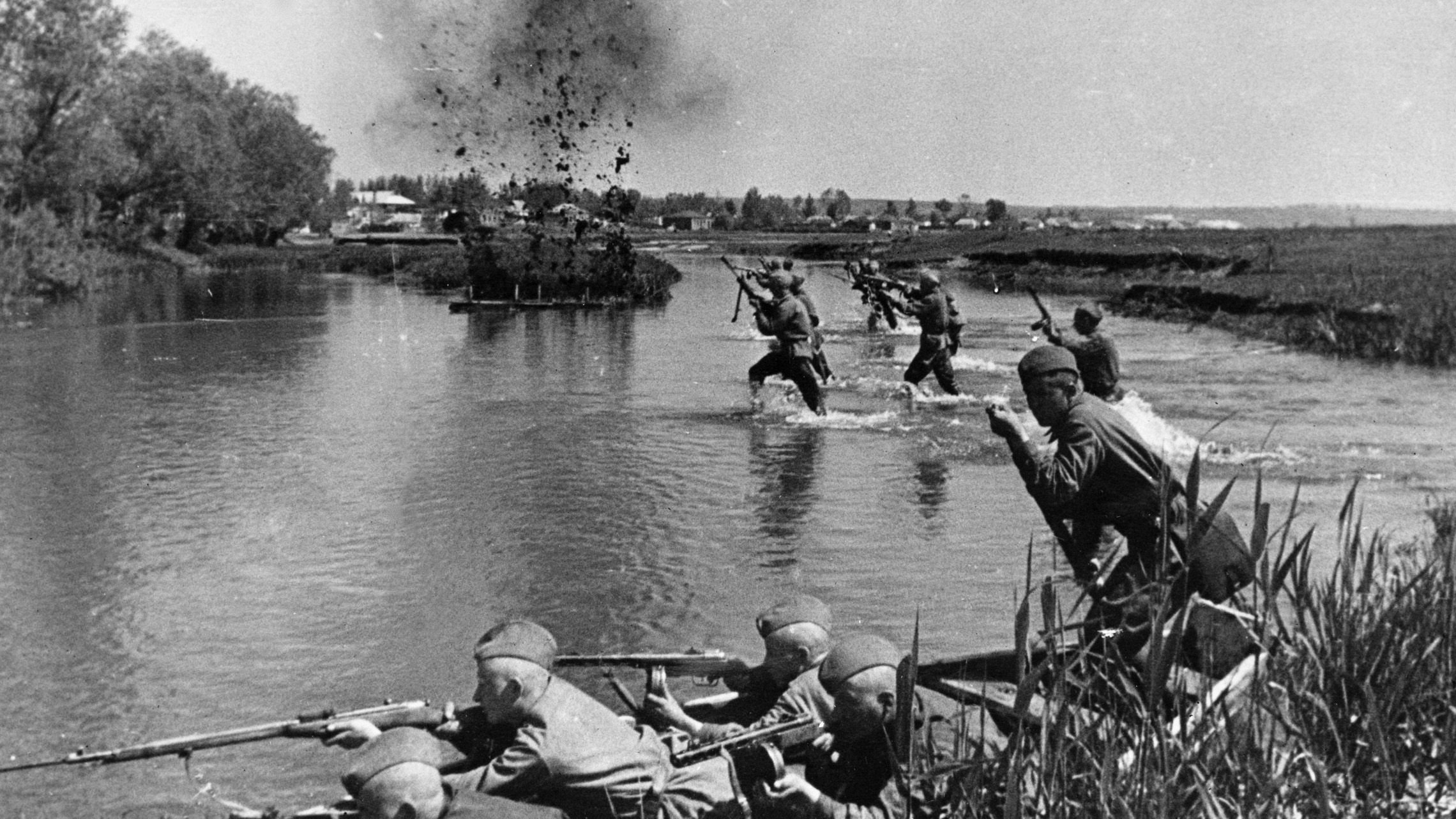
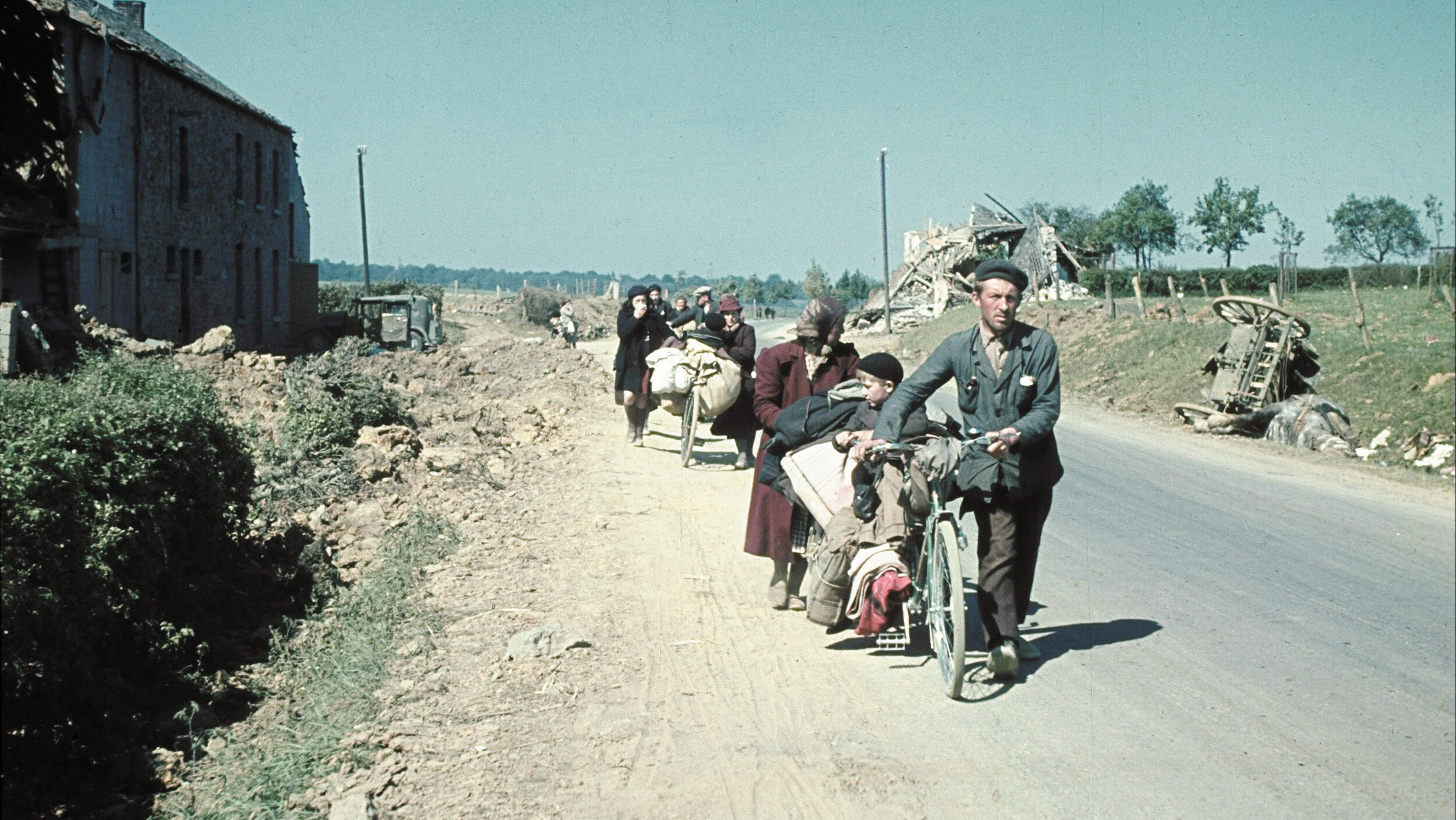
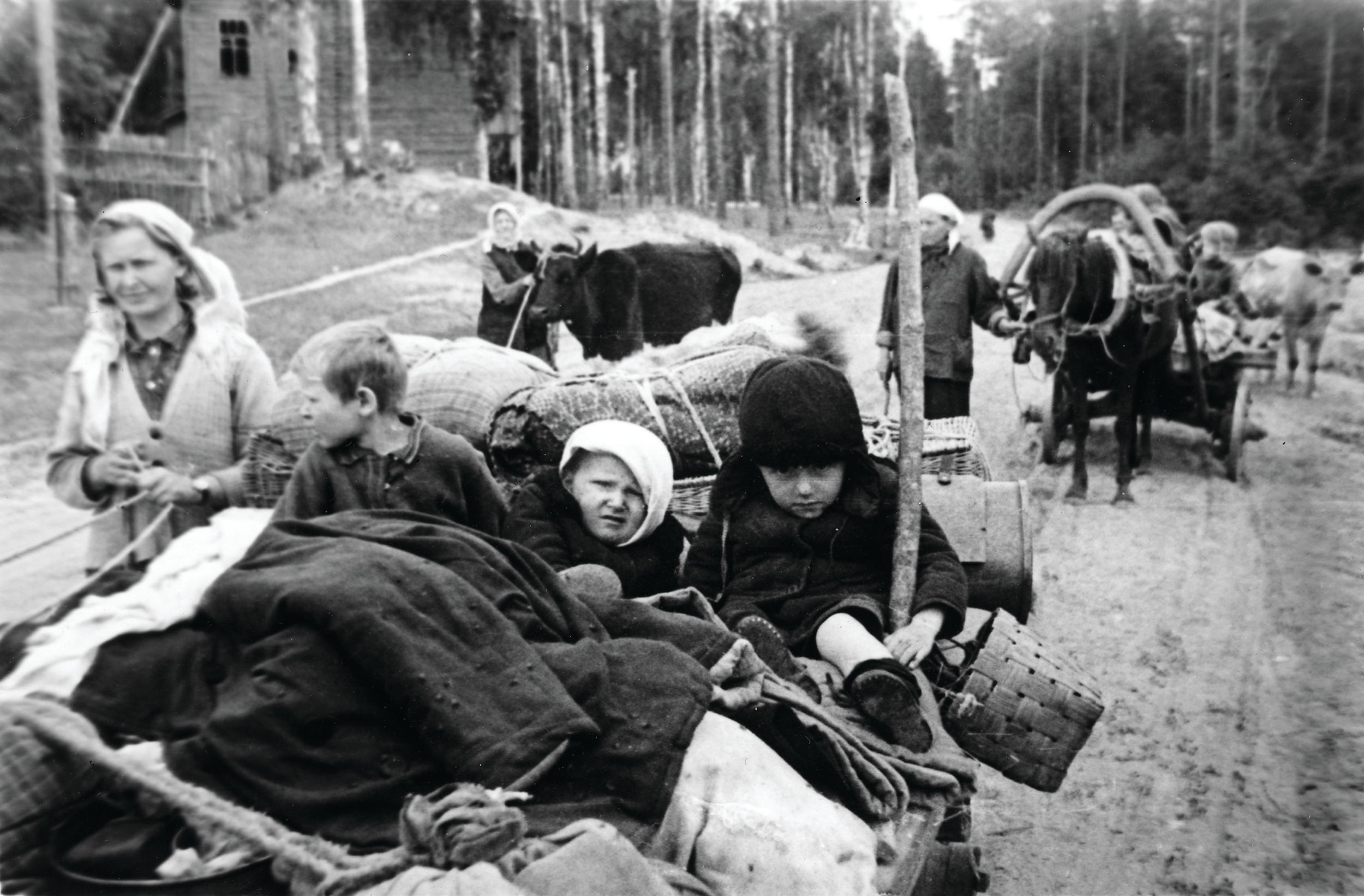
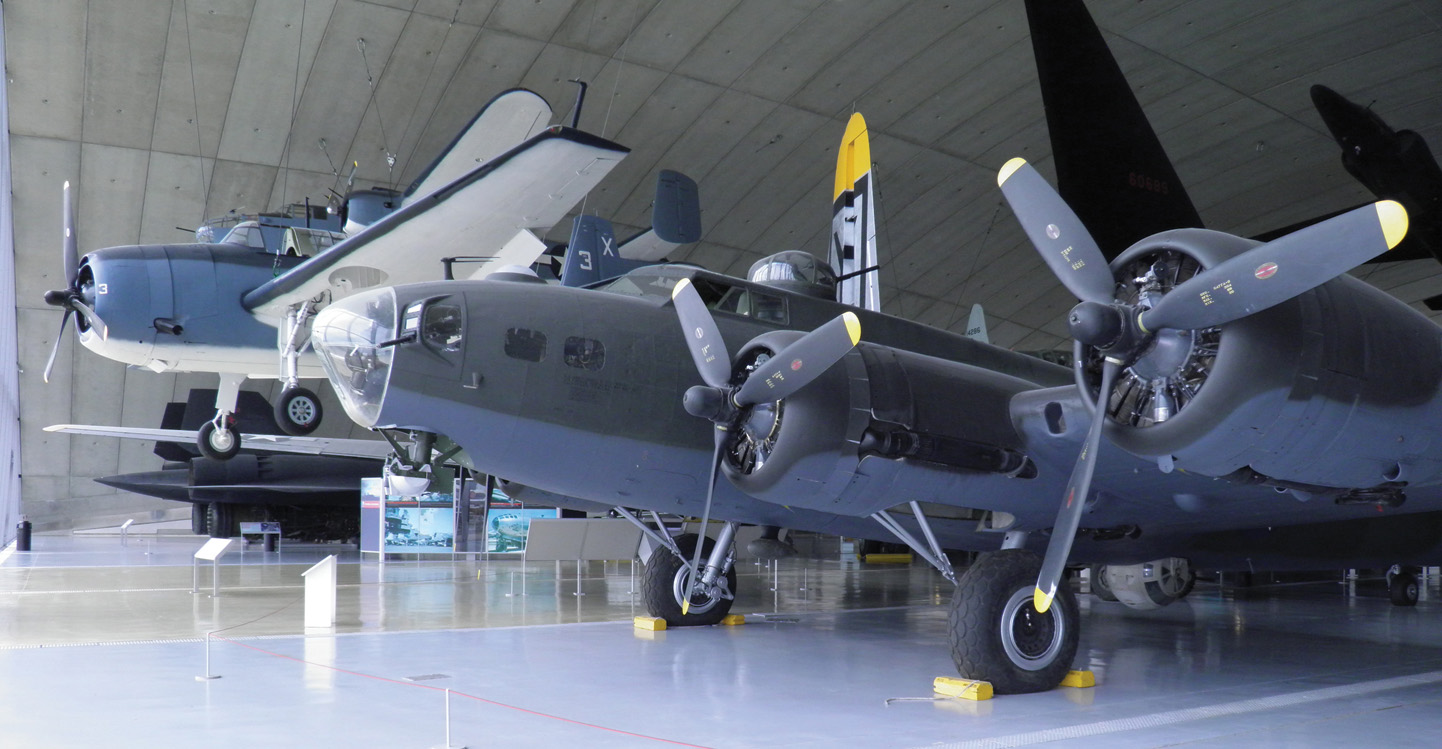
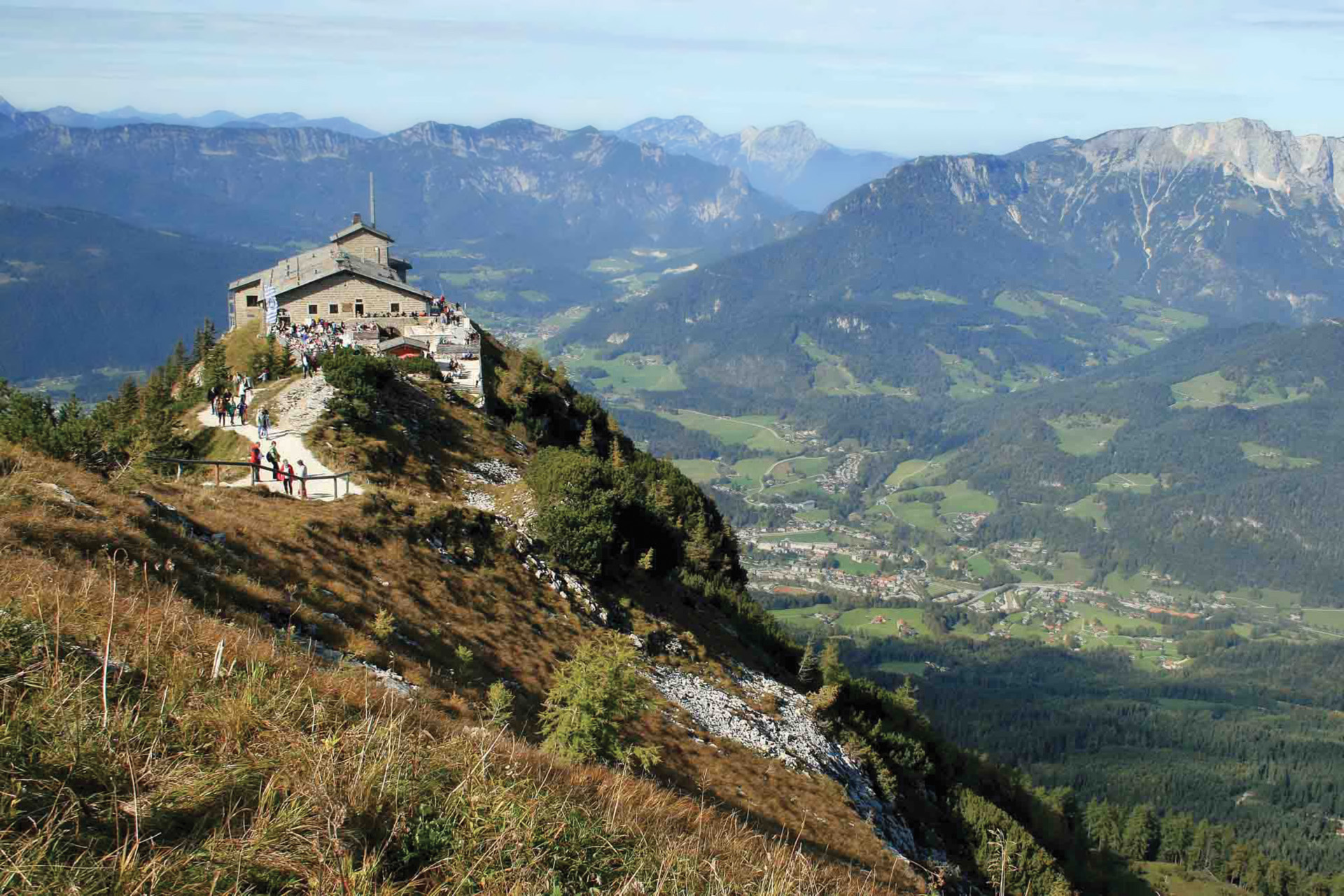
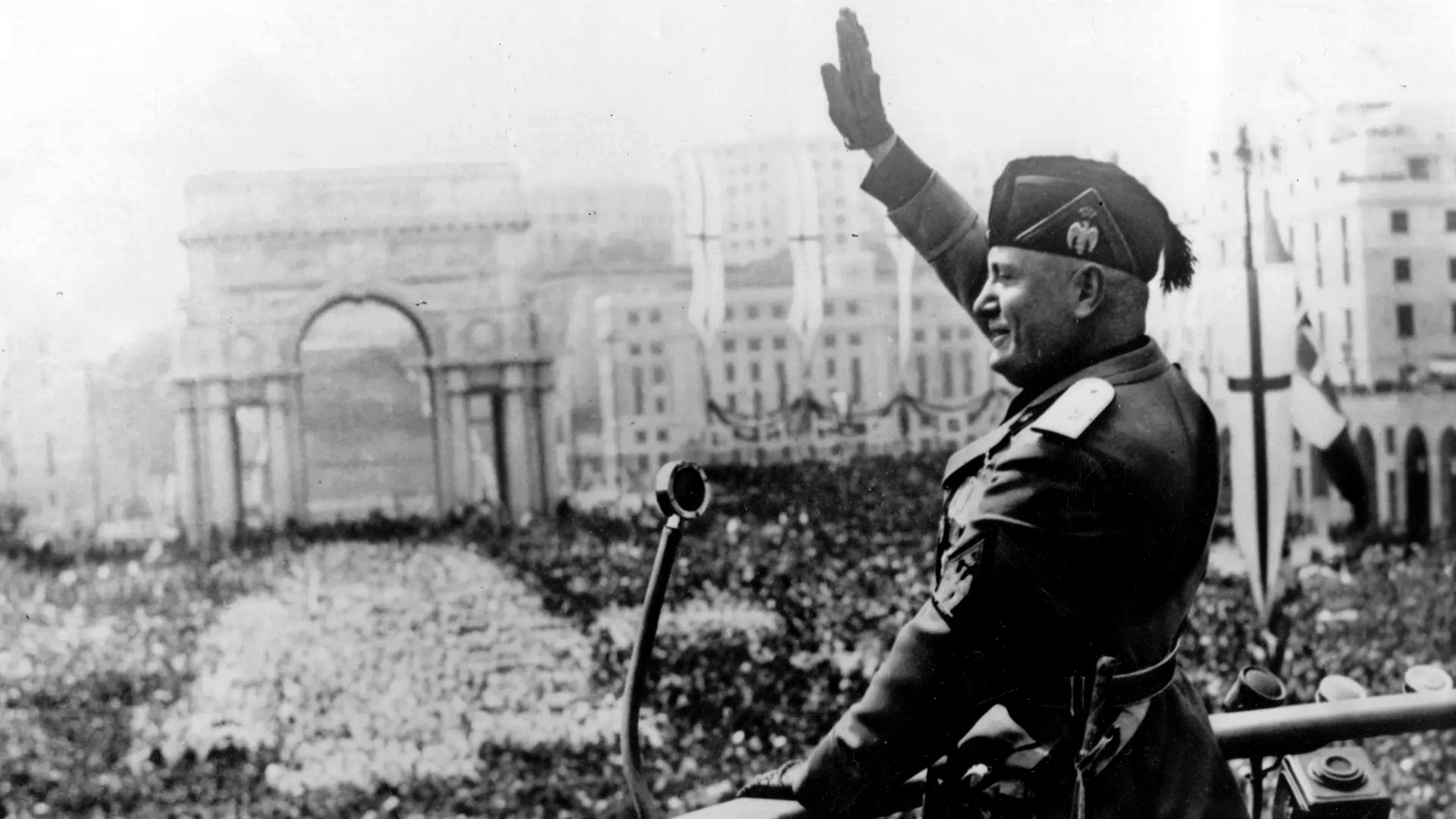
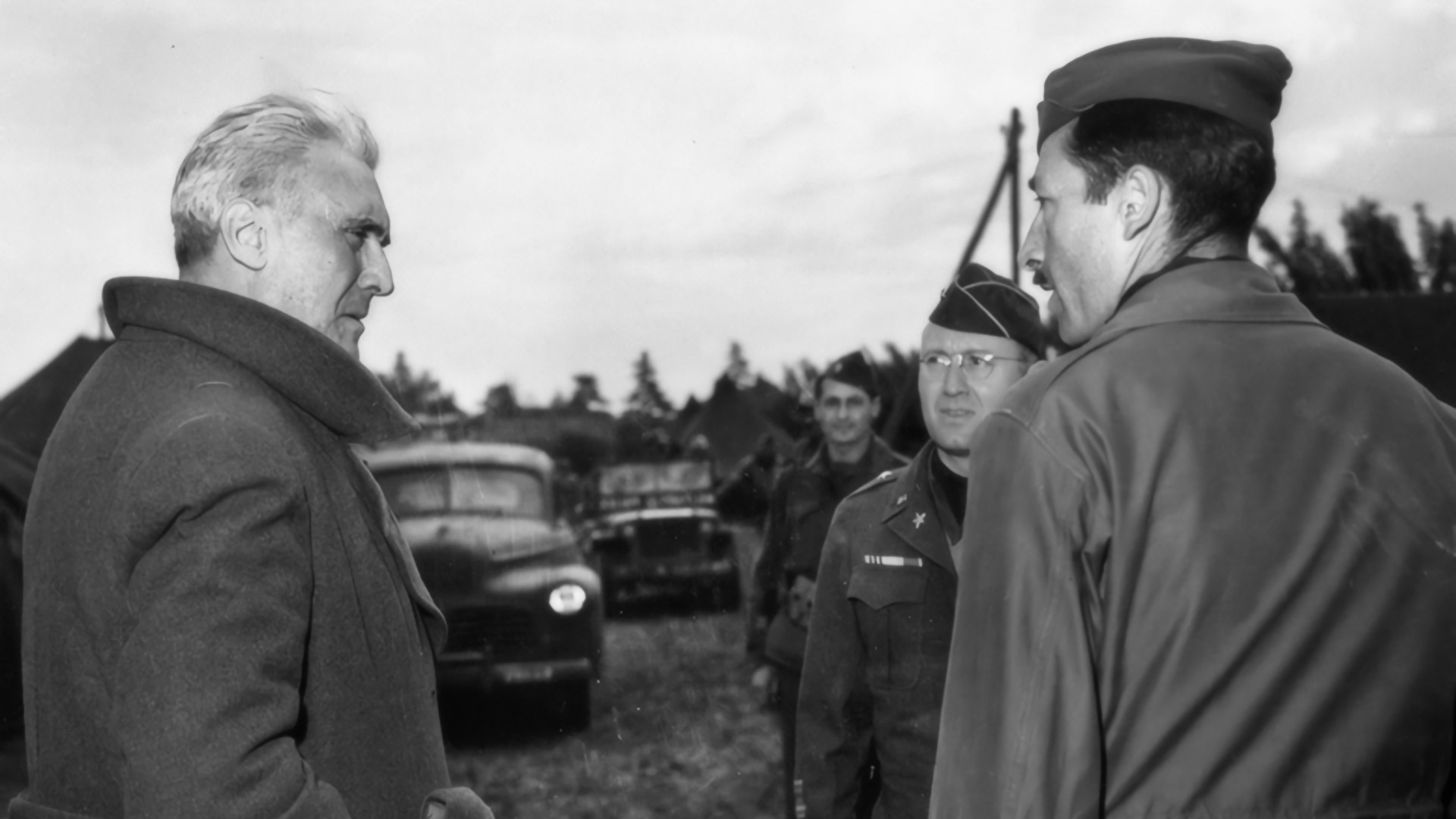
This was well written and researched. One thing I hoped to find out was what were the three landing sites that General Morgan first came up with before it was expanded to five by Monty and Ike?
Thanks and congratulations on your paper.
Russ Laycox
It is rather interesting that Churchill bought into this “adventure” in view of his tragic experience with Gallipoli in WW I. He knew full well the condition of the Army after Dunkirk and its limitations.